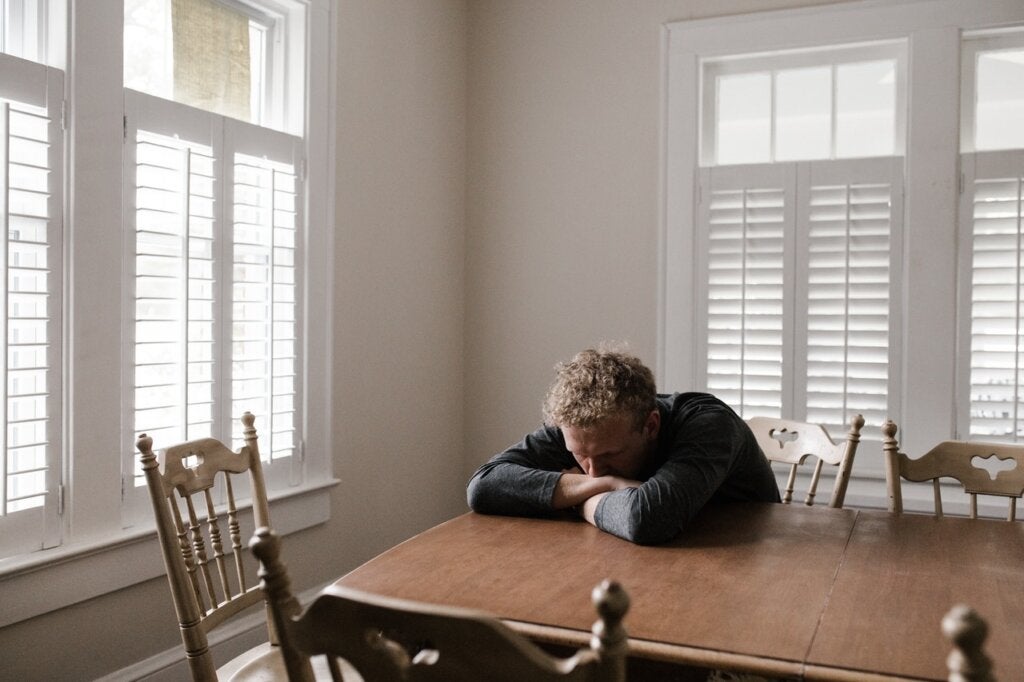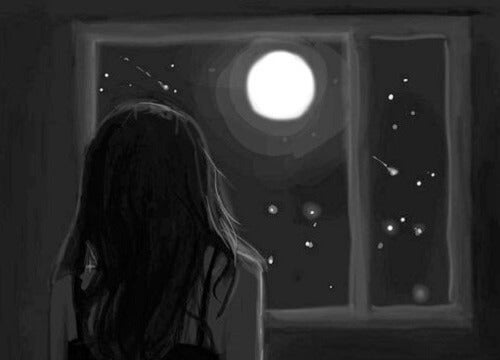Many of us will, at some point suffer from a mental health problem. However, we all experience these disorders in different ways. That’s partly because each individual’s reality is unique and a good number of the psychological conditions present multiple singularities. One example of this is depressive disorder and the different subtypes of major depression.
Heterogeneity invites us to approach each clinical reality from the specific needs and circumstances of the patient/ client. For example, treating dysthymia (chronic low-grade depression) won’t be the same as treating postpartum depression. Therefore, beyond the academic interest in these conditions, what’s most important is to identify the typology of each one. Then, it can be decided which therapeutic approach is the most appropriate in each case.
From a social point of view, it’s important to understand that depression isn’t simply a fleeting state of mind in which people feel sad. As a matter of fact, it’s a complex problem that affects both the body and the mind. Furthermore, in many cases, it limits the sufferer’s ability to function.
Major depressive disorder is one of the main causes of sick leave. However, it isn’t easy to detect. That’s because each person experiences it in a different way. In addition, they’ve often been suffering from these symptoms for a long time.
How many subtypes of major depression are there?
The Jiao Tong University School of Medicine in Shanghai (China) recently conducted a study that concluded that major depression remains one of the most common psychiatric disorders. It’s also one of those with the greatest economic impact, both in the cost of treatments, sick leave, and the patient’s own financial situation.
To this day, it isn’t clear what the true triggers of this condition are. However, it’s taken for granted that major depression is the result of a complex interaction between certain social, psychological, and biological aspects. It’s also important to take into account that this condition falls within a broad spectrum and that there are up to eight subtypes of major depression.
We take a look at these below. They’re organized into three categories.
Major depression with comorbidity
In major depression with comorbidity, the condition coexists in the same patient/client alongside other psychological disorders.
Psychotic depression
Depression with psychotic symptoms is a fairly serious form of major depression. It usually manifests as follows:
- The person suffers from hallucinations and delusions along with core symptoms of depressive disorder. These are tiredness, mood swings, hopelessness, sleep and eating disorders, feelings of worthlessness, concentration problems, and suicidal ideas.
Catatonic depression
Catatonic depression occurs when the sufferer is unable to move, speak, and respond to external stimuli.
The Basurto University Hospital in Bilbao (Spain) conducted research that stated this type of depression is usually extremely resistant to intervention. However, if it’s diagnosed early, the prognosis improves significantly.
Agitated depression
In agitated depression, various moods overlap, adding great complexity to the patient’s life. In fact, added to the basic symptoms of the depressive disorder itself are constant worry, restlessness, agitation, the feeling of losing control, and persistent distress.
This type of depression also manifests itself alongside irritability and even hostility.
Mixed depression (manic and hypomanic)
The patient goes through states of great activity and exaltation and moments of great emotional effusiveness that, after a while, lead to dejection, immobility, and anguish, etc.
Subtypes of Major Depression According to Onset and Duration
As we mentioned earlier, major depression develops in a unique and particular way in each patient. For this reason, it’s also important to attend to other factors, such as its appearance and its duration:
- Major seasonal or long-term depression. In this case, the disorder may have a specific duration that appears and disappears at different times of the year. Bipolar disorder or seasonal affective disorders, in many cases, derive from these types of depression. However, there are some people who suffer these kinds of depression for months or even years.
- Major postpartum depression. Depression that occurs after a woman has given birth can also lead to major depressive disorder.

Major depression according to its characteristics
Among the various subtypes of major depression, it’s worth highlighting those that, due to their characteristics, deserve a special section. These are:
- Melancholic depression. This consists of a severe form of depression that appears with lack of motor response, insomnia, weight loss, constant feelings of guilt, inability to respond to the environment, and anhedonia, etc.
- Atypical depression. In this case, a picture of symptoms that are totally opposite to melancholic depression usually appears. The patient experiences weight gain and hypersomnia (constant desire to sleep). However, feelings of sadness, dejection, etc. also appear. As a singular characteristic, it should be noted that, with atypical depression, there are moments in which the sufferer is able to react to positive stimuli and situations.
Describing the subtypes of major depression allows you to understand something extremely simple. This is the fact that the disorder is a highly complex, multifactorial, and challenging condition at all levels.
However, a proper diagnosis will allow a doctor to design a successful treatment plan. Remember, depression can be treated and overcome as long as professional help is sought.
The post Subtypes of Major Depression: Symptoms You Should Know About appeared first on Exploring your mind.



















Comments